The Different Types of Air Fresheners for Commercial Workplaces
Choosing the right air freshener for your commercial space is about more than just picking a nice scent. The format, function, and fragrance delivery all impact the effectiveness of air care in your workplace. Understanding the different types of air fresheners helps ensure you create a pleasant, professional, and hygienic environment for both staff and visitors.
1. Passive Air Fresheners
How they work: Passive units diffuse fragrance into the air without batteries or power. They rely on natural airflow and evaporation.
Best for:
-
Small offices
-
Meeting rooms
-
Reception areas
Pros:
-
Low maintenance
-
No power required
-
Subtle, continuous fragrance
Cons:
-
Limited range
-
Less effective in high-odour areas
2. Aerosol Spray Dispensers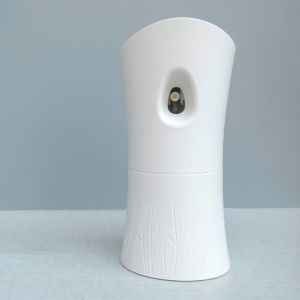
How they work: Battery-operated dispensers spray fragrance at timed intervals to control odours and maintain freshness.
Best for:
-
Restrooms
-
Kitchens
-
Hallways
Pros:
-
Programmable
-
Good coverage for medium spaces
-
Wide range of fragrance options
Cons:
-
Requires battery and canister replacement
-
Can be too strong if overused
3. Manual Spray Fresheners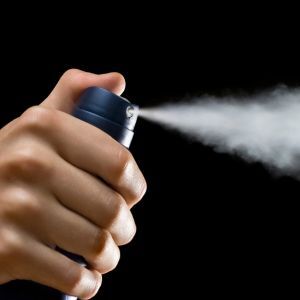
How they work: Manually sprayed when needed, these are ideal for targeted or occasional use.
Best for:
-
Kitchenettes
-
Waste disposal zones
-
Temporary spaces or events
Pros:
-
Immediate odour control
-
Portable
-
Cost-effective
Cons:
-
Short-lived effect
-
Labour dependent
4. Gel and Solid Air Fresheners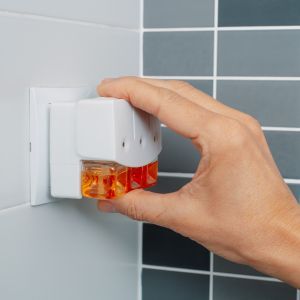
How they work: Scented gels or solids slowly release fragrance over time.
Best for:
-
Storage areas
-
Low-traffic washrooms
-
Staff lockers
Pros:
-
Long-lasting
-
No spills or leaks
-
Easy to place discreetly
Cons:
-
Fixed output rate
-
Limited to smaller areas
5. Odour Neutralisers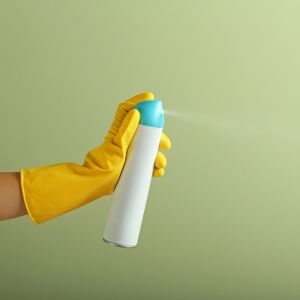
How they work: Unlike traditional air fresheners, these break down odour-causing molecules instead of masking them.
Best for:
-
Bathrooms
-
Break rooms
-
High-traffic commercial zones
Pros:
-
Effective at removing unpleasant smells
-
Available in sprays, gels, and dispensers
-
Improves hygiene perception
Cons:
-
May have little to no fragrance
-
Needs regular replenishment
6. Scent Diffusers & HVAC Systems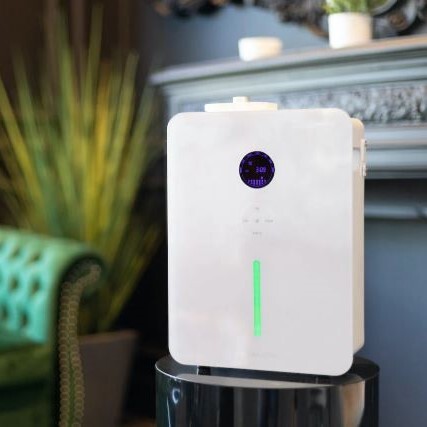
How they work: These use fans or connect to HVAC systems to distribute fragrance over large areas.
Best for:
-
Lobbies
-
Open-plan offices
-
Retail environments
Pros:
-
Uniform scent coverage
-
Customisable scent levels
-
Ideal for scent branding
Cons:
-
Higher upfront investment
-
Installation required
Choosing the Right Air Freshener with Insinc
The ideal air freshener depends on your space, usage, and odour challenges. At Insinc, we stock a wide variety of air freshening products designed for New Zealand workplaces. Whether you need simple passive units or robust odour neutralising systems, our Air Fresheners collection has a solution for every room.
Frequently Asked Questions (FAQ)
1. Which type of air freshener lasts the longest?
Gel and solid air fresheners typically last the longest but are better suited to smaller, low-traffic areas.
2. Are automatic dispensers better than passive fresheners?
It depends on the location. Automatic dispensers are great for restrooms and kitchens, while passive fresheners are perfect for reception and office spaces.
3. Can I use multiple types of air fresheners in the same building?
Yes, combining formats allows you to tailor scent strategies to different zones for better coverage and efficiency.
Posted: Friday 22 August 2025


